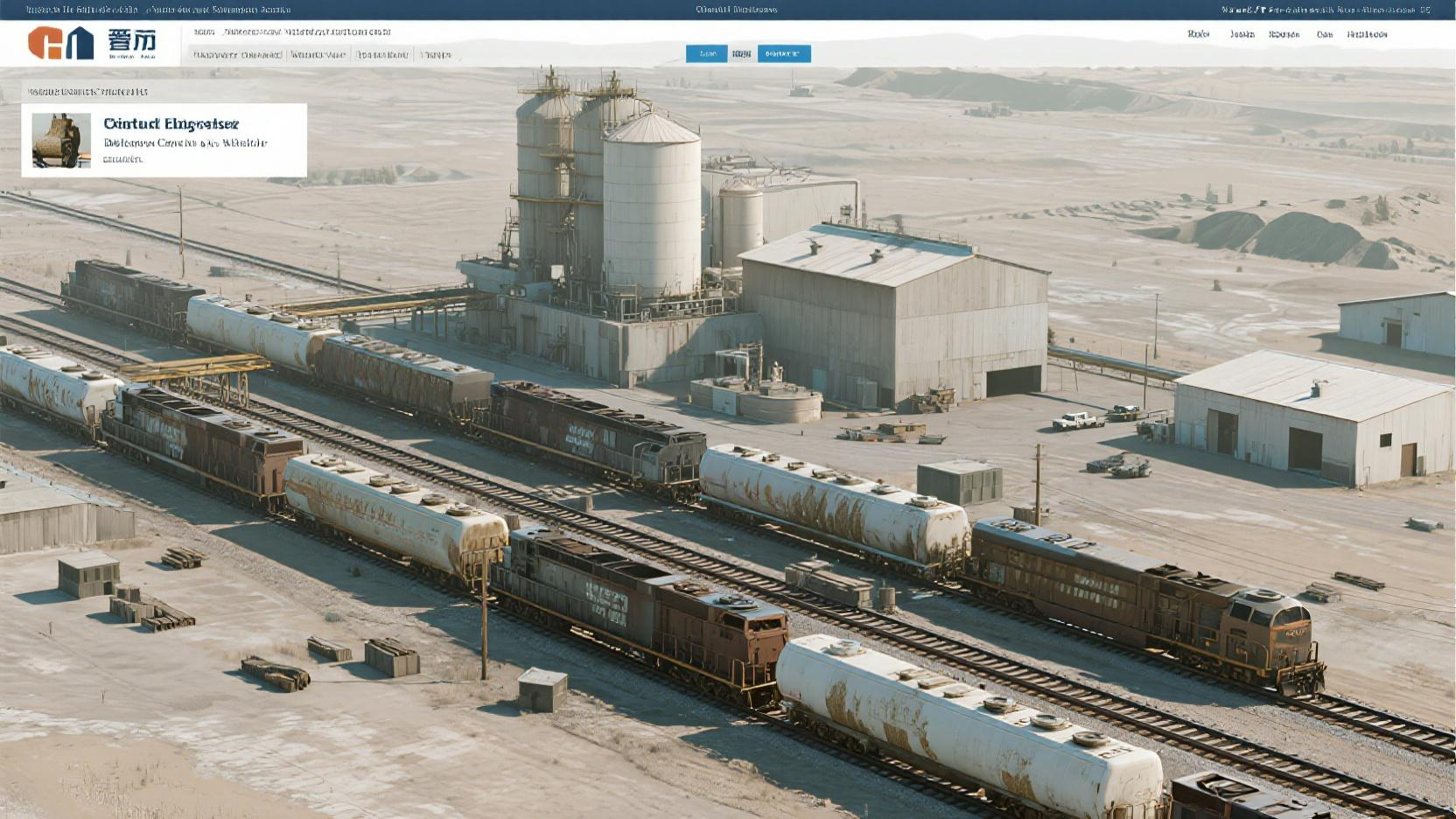Image Source: pexels
Financing Challenges for SMEs and an Overview of Government Support Policies highlight the difficulties small and medium-sized enterprises (SMEs) face in securing the funds necessary for growth. Globally, 40% of SMEs encounter unmet financing needs, contributing to a significant $5.7 trillion funding gap. High borrowing costs, recently increasing to 4.99%, exacerbate these financing challenges for SMEs. Tackling these issues demands innovative approaches and comprehensive government support policies to help unlock their full potential.
Key Takeaways
- Small businesses often struggle to get loans and face high costs. Knowing these problems helps business owners plan for growth.
- Government programs like grants and loan help can ease money troubles. Business owners should look for these programs to keep their business steady.
- Learning about money is very important for small business owners. Understanding loans and finances helps them make smarter choices and find funding.
Financing Challenges for SMEs
Limited Access to Credit
Access to credit remains a persistent hurdle for SMEs. Many small businesses struggle to secure loans due to their size and perceived risks. Studies reveal that about half of formal SMEs lack access to formal credit, with a global financing gap of $5.2 trillion annually. In regions like East Asia and the Pacific, this gap accounts for 46% of the global total.
| Study Title | Findings |
|---|---|
| Does access to credit reduce SMEs’ tax avoidance? | SMEs face challenges in obtaining bank loans due to their small scale and high operating risks. |
| Concentrated bank market and SMEs’ collateral issues | Market concentration in banking affects SMEs’ access to affordable credit. |
A competitive banking environment can alleviate these constraints, as shown by research indicating that lower bank market concentration reduces financing barriers for SMEs.
High-Interest Rates
High borrowing costs further complicate SME financing. The cost of borrowing for SMEs dropped from 6% in 2008 to 1.35% in 2021 but surged to 4.99% in 2023. This sharp increase has significantly reduced lending volumes, leaving many SMEs unable to afford loans.
- 📊 Key Statistic: The rise in interest rates has made borrowing less accessible, especially for smaller enterprises with limited cash flow.
Lack of Collateral
Collateral requirements often prevent SMEs from accessing loans. Banks in concentrated markets demand higher collateral, making it harder for small businesses to qualify.
| Study | Findings | Implications |
|---|---|---|
| Dias Duarte et al. (2017) | Bank concentration leads to higher demand for collateral among SMEs in less-developed countries. | Increased collateral requirements hinder SME financing. |
| Hainz et al. (2013) | Higher bank competition reduces collateral requirements. | Competitive banking markets facilitate access to credit for SMEs. |
Complex Loan Application Processes
The loan application process can be daunting for SMEs. Bureaucratic hurdles, such as extensive documentation and lengthy approval times, discourage many small businesses from applying.
| Challenge | Description |
|---|---|
| Collateral Requirements | SMEs face significant challenges in acquiring formal credit due to high collateral demands. |
| Bank Market Concentration | Increased concentration leads to higher collateral demands as banks become more risk-averse. |
Streamlining these processes could empower SMEs to access the financing they need to grow.
Limited Financial Literacy
Limited financial literacy among SME owners exacerbates financing challenges. Many entrepreneurs lack the knowledge to navigate complex financial systems or understand loan terms. This gap often leads to poor financial decisions, further restricting access to credit.
Tip: Governments and financial institutions can address this issue by offering training programs and resources to improve financial literacy among SME owners.
By addressing these challenges, SMEs can unlock their potential and contribute more effectively to economic growth.
Overview of Government Support Policies

Image Source: unsplash
Grants and Subsidies
Grants and subsidies play a pivotal role in addressing financing challenges for SMEs and an Overview of Government Support Policies often highlights their importance. These financial aids provide direct support to businesses, enabling them to invest in innovation, research, and development. For instance, during the COVID-19 pandemic, government policies successfully supported SMEs by reducing job losses and enhancing financial stability. Additionally, grants for R&D activities have helped firms develop innovative capabilities, fostering long-term growth.
-
Key Benefits of Grants and Subsidies:
- Alleviate financing difficulties for SMEs.
- Promote job retention and operational stability.
- Encourage investment in transformative projects.
Loan Guarantee Programs
Loan guarantee programs empower SMEs by reducing the risks for lenders. Governments act as guarantors, enabling businesses to secure loans even without substantial collateral. These programs have significantly increased lending to SMEs, with $3.28 billion in loans backed by guarantees during one project lifespan. First-time borrowers also benefit by establishing credit histories, which improves future loan access.
| Evidence Type | Details |
|---|---|
| Cumulative Loan Volume | $3.28 billion in loans backed by guarantees during the project lifespan. |
| Impact on Lending | Increased lending supported by guarantees allowed PFIs to better serve MSME customers. |
| Credit History Development | First-time borrowers generated credit history, facilitating future loan acquisition. |
Tax Incentives
Tax incentives provide indirect financial relief, helping SMEs reinvest in their businesses. Firms utilizing these incentives often experience higher capital investment rates and improved labor productivity. Smaller and younger firms, in particular, benefit from reduced financial constraints, enabling them to grow and compete effectively.
| Finding | Description |
|---|---|
| Capital Investment Rate | The use of the tax incentive resulted in a higher capital investment rate for firms that utilized it, particularly in the first year. |
| Labor Productivity | Users of the tax incentive experienced improvements in labor productivity, measured by sales-per-employee. |
| Financial Constraints | Smaller, less cash-rich, and younger firms showed a larger increase in capital investment rates, indicating that the tax incentive helped alleviate financial constraints. |
Advisory and Mentorship Services
Advisory and mentorship services equip SMEs with the knowledge and strategies needed to overcome financial obstacles. In fiscal year 2023, local organizations facilitated access to $1.5 billion in capital and over $3.8 billion in contract awards for minority business enterprises. These efforts supported more than 19,000 jobs nationwide. Strategic planning and expert guidance also help SMEs unlock their potential, ensuring smoother transitions and fostering resilience.
Digital and Technological Support
Digital and technological support enhances SME competitiveness in a rapidly evolving market. However, many SMEs face barriers such as high costs and limited access to digital tools. Only 16% of SMEs globally have integrated AI tools into their operations due to workforce unpreparedness. Initiatives like the EU Digital Decade have shown that subsidized funding can increase digital tool adoption rates, enabling SMEs to participate in global markets and supply chains.
-
Challenges in Digital Adoption:
- High costs of digital tools hinder investment.
- Rural SMEs face limited broadband access and training opportunities.
By leveraging these government support policies, SMEs can overcome financing challenges and unlock their full potential, contributing to economic growth and innovation.
SMEs encounter diverse financing challenges, from limited credit access to high-interest rates. Government policies play a vital role in addressing these barriers.
| Evidence Summary | Findings |
|---|---|
| Government support aids survival | Support reduces firm closure likelihood by 2.8%, fostering resilience. |
| Role of government support | Enhances long-term innovation and resilience for SMEs. |
Entrepreneurs should embrace these programs to overcome obstacles and achieve sustainable growth.
FAQ
What are the main financing challenges SMEs face?
SMEs often struggle with limited credit access, high-interest rates, and collateral demands. Complex loan processes and financial literacy gaps also hinder their growth and sustainability.
How can government support policies help SMEs?
Government policies like grants, loan guarantees, and tax incentives reduce financial barriers. Advisory services and digital support empower SMEs to innovate and compete effectively.
Why should SMEs prioritize financial literacy?
Financial literacy helps SME owners make informed decisions. It improves their ability to navigate loan terms, manage resources, and access essential funding opportunities.
Tip: Entrepreneurs can explore free financial literacy programs offered by local governments or institutions.












